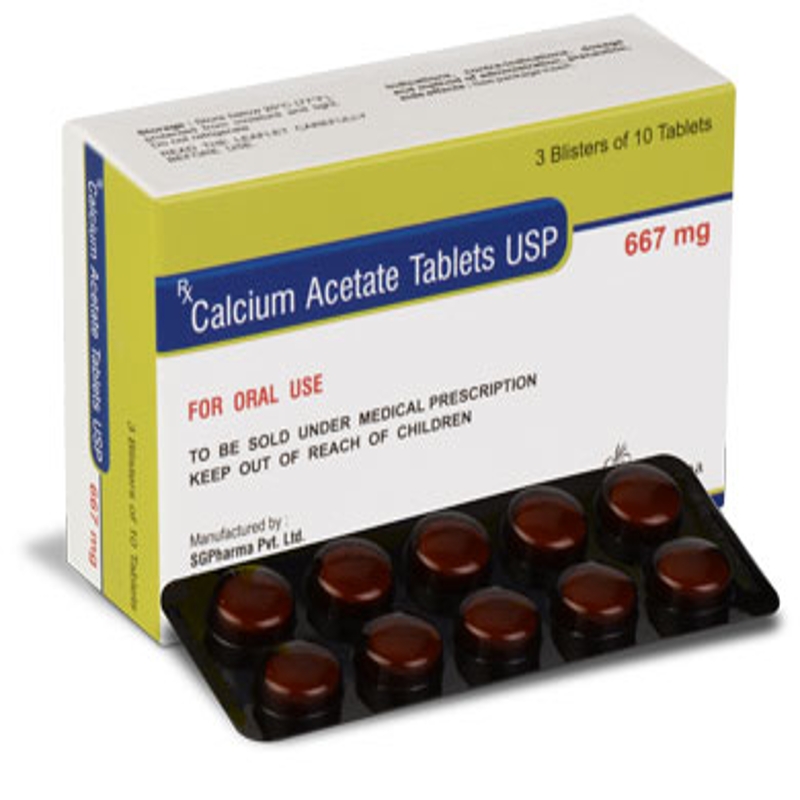-
Categories
-
Pharmaceutical Intermediates
-
Active Pharmaceutical Ingredients
-
Food Additives
- Industrial Coatings
- Agrochemicals
- Dyes and Pigments
- Surfactant
- Flavors and Fragrances
- Chemical Reagents
- Catalyst and Auxiliary
- Natural Products
- Inorganic Chemistry
-
Organic Chemistry
-
Biochemical Engineering
- Analytical Chemistry
-
Cosmetic Ingredient
- Water Treatment Chemical
-
Pharmaceutical Intermediates
Promotion
ECHEMI Mall
Wholesale
Weekly Price
Exhibition
News
-
Trade Service
Next-generation sequencing (NGS) plays an important role
in the prognosis analysis, efficacy evaluation, recurrence prediction and detection of minimal residual disease (MRD) in acute myeloid leukemia (AML).
On November 10-11, 2022, the "25th National Congress of Clinical Oncology 2022 CSCO Academic Annual Conference Harbin Branch, the 10th CSCO Leukemia and Lymphoma Expert Committee Academic Conference, the 7th Anti-Leukemia and Lymphoma International Summit Forum and CSCO Leukemia & Lymphoma Expert Committee Tour - Harbin Station" officially kicked off
.
During the meeting, Yimaitong was honored to invite Professor Qiu Lin from Harbin Institute of Hematology and Oncology to be interviewed about the prognosis analysis and efficacy evaluation
of AML under the guidance of NGS.
Medical Pulse: NGS plays an important role in the prognosis analysis and efficacy evaluation of AML, first of all, I would like to ask you to introduce what are the relevant factors for AML prognosis? And what is the role and status of NGS testing in AML prognosis analysis?
There are many prognostic factors related to AML, mainly in three categories: the first category is patient-related factors, such as the patient's age, comorbidities, physical status, etc.
; The second category is treatment-related factors, such as chemotherapy and nursing, etc.
, different treatment options achieve different curative effects, which have a greater impact on the prognosis of patients; The third category is the clinical detection indicators of patients, such as white blood cells, platelets, hemoglobin, and bone marrow primitive naïve cells and genetic indicators, of which genetic indicators are currently considered to be important factors related to the prognosis of AML (such as chromosomal karyotype abnormalities, gene copy number changes, gene mutations, etc.
).
In 2016, the New England Journal published a multicenter clinical trial of 1540 patients, which calculated that genetic factors accounted for 70%
of the long-term survival of AML through a model.
The European Leukemia Network (ELN) also clearly identifies low-risk, intermediate-risk, and high-risk genetic factors in the AML prognosis system based on karyotype and genetic abnormalities
.
The 5-year survival rate of patients with low-risk genetic factors can reach more than 80%, and the 5-year survival rate of patients with high-risk genetic factors is less than
20%.
It can be seen that genetic factors are crucial
to the prognosis of AML patients.
NGS is an important means to detect mutated genes in genetic factors and has been widely used
in clinical practice.
The fifth edition of the 2022 WHO classification of hematological lymphomas is based on a large number of NGS test results
.
At present, NGS testing is a mandatory test in patients with newly diagnosed AML
.
Yimaitong: NGS can sensitively detect MRD after treatment, and MRD has important value in the efficacy evaluation of AML, please talk about the role of NGS in the efficacy evaluation and prediction of recurrence after AML treatment?
MRD has become a routine test index
for the efficacy evaluation of AML.
At present, the mainstream clinical methods are RT-PCR to detect fusion genes and flow cytometry
to detect tumor surface markers.
NGS was recognized
as a complementary method for MRD detection in the 2021 ELN consensus on MRD detection in AML patients.
NGS has the following advantages over RT-PCR and flow cytometry for MRD detection in AML: First, RT-PCR detection can only detect about 30% of AML patients with fusion genes, flow cytometry can detect MRD in more than 90% of patients, but flow cytometry is difficult to detect
when the patient's tumor cells are clonal changes 。 The advantage of NGS is that it can detect hundreds of mutational genes related to AML prognosis at the same time, and through dynamic monitoring, it can clearly understand the dynamic changes of mutated genes before and after treatment, so as to judge the prognosis and predict recurrence, all NGS plays an important role
in MRD dynamic monitoring.
Unfortunately, clinicians' understanding of NGS detection of MRD is not sufficient: mainly due to (1) the long time of NGS detection of MRD; (2) There are many genes involved, and it is difficult to interpret; (3) The sensitivity of the detection is not up to 10-4
.
However, since NGS can monitor the clonal evolution of AML patients, compared with RT-PCR and flow cytometry detection, it is believed that with the advancement of NGS detection technology and the reduction of price, NGS will play an increasingly important role
in the MRD detection of AML in the future.
Medical Pulse: NGS detection involves multiple aspects of AML treatment and is an important technology to achieve precise treatment of leukemia, please talk about your expectations for personalized precision treatment of AML in the future?
Whether it is the update of the fifth edition of the WHO classification of hematologic lymphomas in 2022 or the update of the ELN on the risk stratification of AML prognosis in 2022, it can be seen that NGS detection has run through all aspects of hematologic malignant tumors, which undoubtedly confirms that NGS detection is of great significance
in the individualized precision treatment of AML.
In the future, error-free NGS detection can increase the depth and accuracy of MRD detection, and there will be huge room
for development in MRD detection in AML.
At present, NGS technology can only detect mutant genes and target mutant genes, and the true pathogenesis of AML is far beyond the currently understood fusion genes and mutant genes
.
Therefore, with the help of whole genome sequencing (WGS) and transcriptome sequencing (RNA-Seq), these two technologies can detect all genetic changes (fusion genes, mutant genes, copy number variations, etc.
)
involved in AML patients.
At present, the team of Academician Chen Saijuan of Ruijin Hospital affiliated to Shanghai Jiao Tong University School of Medicine has taken the lead in carrying out the clinical application of these two technologies in acute leukemia in China, and the diagnosis rate
of WGS or RNA-Seq detection has increased by more than 10% compared with conventional detection.
However, due to the large amount of detection data, high cost, and long detection time of these two technologies, they cannot be widely used clinically, and if the price can be reduced and the detection time can be shortened in the future, these two technologies will be of great help to the diagnosis and prognosis stratification of
patients with newly diagnosed AML.
Professor Qiu Lin
Deputy Director and Researcher, Harbin Institute of Hematology and Oncology
Member of Hematology Branch of Chinese Medical Association
Standing Director of Chinese Society of Clinical Oncology (CSCO).
Member of the Standing Committee of the Hematology Professional Committee of the Chinese Anti-Cancer Society
Member of the Standing Committee of the CSCO Leukemia Lymphoma Professional Committee
Member of Experimental Hematology, Pathophysiology Branch of Chinese Medical Association
Member of the Geriatric Oncology Professional Committee of the Chinese Gerontological Society
Editorial board member of several hematology and oncology journals
Disclaimer: This platform is designed to deliver more medical information
to healthcare professionals.
The content published on this platform cannot replace professional medical guidance in any way, nor should it be regarded as diagnosis and treatment advice
.
If such information is used for purposes other than understanding medical information, this platform does not assume relevant responsibilities
.
The content published by this platform does not mean that it agrees with its description and views
.
If copyright issues are involved, please contact us and we will deal with
it as soon as possible.
Poke "Read Original" to see more







